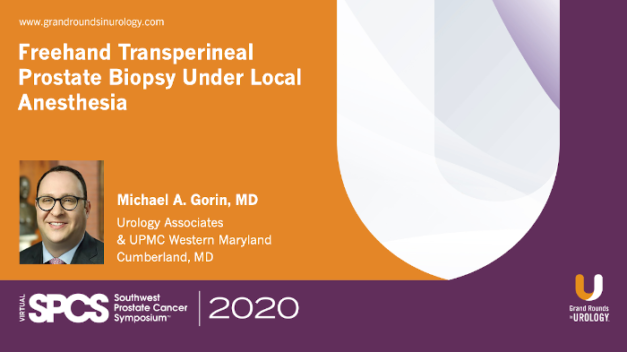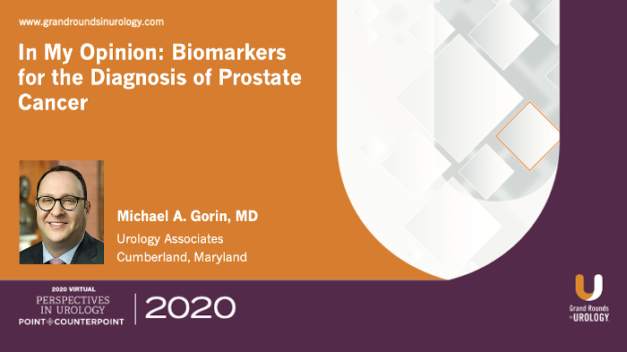Focal Cryoablation
Michael A. Gorin, MD, discusses the value of focal cryoablation as a treatment option for prostate cancer in modern practice. He begins by providing a brief overview of negative patient outcomes after whole-gland treatment, and the benefits of subtotal gland treatments in the form of focal ablation therapies like cryoablation and High Intensity Focused Ultrasound (HIFU) therapy.
Dr. Gorin notes that HIFU and cryoablation are the two most commonly used and studied modalities for prostate cancer treatment. He discusses the benefits and weaknesses of focal HIFU, with particular focus on the possibility of incomplete cancer treatment, and compares them to those of focal cryoablation.
Dr. Gorin presents the elements of focal cryoablation which reduce the risk of incomplete treatment. He presents current guidelines and devices for performing focal cryoablation which protect the patient against side effects, like urethral sloughing, which had been previously associated with cryotherapy.
Dr. Gorin concludes by demonstrating the long-term success rate for patients treated using focal cryoablation. He compares the QOL outcomes of focal cryoablation to those of HIFU, and presents a recording of a real focal cryoablation procedure.
Read More




